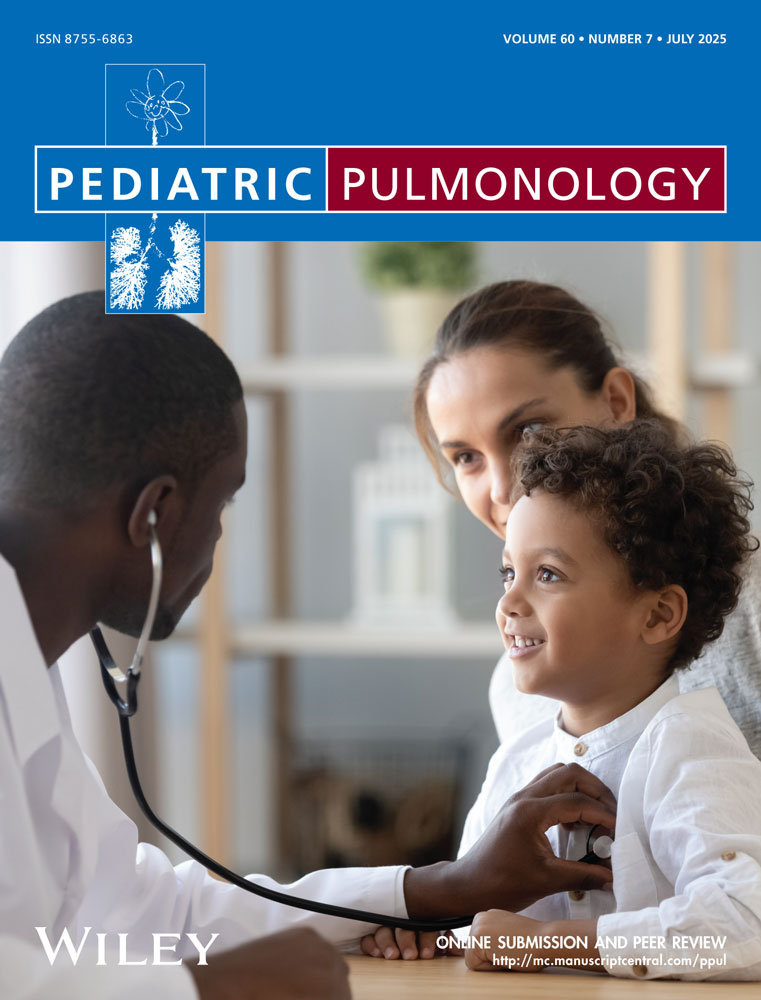Respiratory symptoms of primary school children living in a petrochemical polluted area in Taiwan
Abstract
In 1994–1995 a cross-sectional epidemiological study investigating the respiratory health of school children in two Taiwan areas was conducted; one area was located in a region with petrochemical manufacturing complexes (Linyuan), and the other was situated in a reference area with no local industrial emissions (Taihsi). All primary school children residing in the two areas were involved in the study. Four hundred seventy children were studied in the area with high exposure to industrial emissions, and 611 children lived in the reference area. Respiratory health was assessed by evaluation of the children's respiratory symptoms and illnesses, using a parent-completed questionnaire.
Particulates, sulfur dioxide (SO2), nitrogen dioxide (NO2), and acid aerosols levels were significantly higher in the exposed area than in the reference area. The school children in the petrochemical area had significantly more upper respiratory symptoms and asthma compared with the children living in the control area. Although the association with known petrochemical air pollution is suggestive, this cross-sectional study cannot confirm a causal relation and further studies are needed. Pediatr Pulmonol. 1998; 25:299–303. © 1998 Wiley-Liss, Inc.




